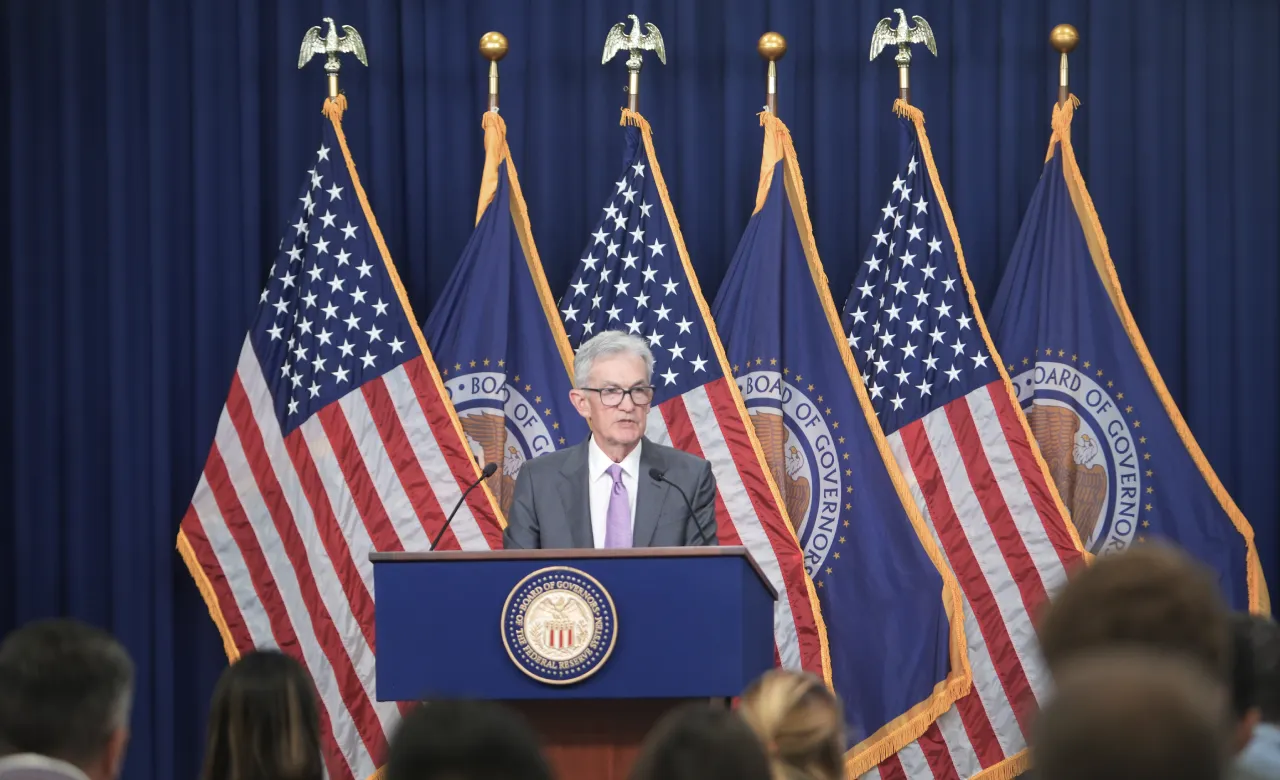What is PM Theory
PM Theory of Leadership is a Japanese leadership theory that explains the behavior of leaders by classifying leaders into two categories, 2 styles of PM Theory leaders are including performance and maintenance. And yes, P in PM theory of leadership is stand for Performance, while M in PM theory is stand for Maintenance.
The PM theory was published in 1985 by Jyuji Misumi and Mark F. Peterson in their paper.
A performance leader is a type of leader who aimed at success as a priority. In other words, the performance leader is a western management style.
A maintenance leader is a type of leader who aimed at relationships as a priority. In other words, the maintenance leader is an eastern style of management.
Key Points
- PM Theory is a leadership theory that explains leadership behavior by classifying leaders into two categories which are performance and maintenance.
- Performance is a type of leader who aimed at success as a priority.
- Maintenance is a type of leader who aimed at relationship management as a priority.
Performance
P of PM Theory stand for Performance. Leaders with Performance behavior want to work in accordance with his or her target as the main priority. Performance leaders are focused on the success of the task and need everything clarity. So, they might argue that confront each other when a problem arises.
In addition, leaders with performance style will separate the work out of the personal things. The performance leadership style only requires the job done.
Characteristics of performance leaders:
- Does not care about relationships at work.
- Work (and evaluate) with individualistic style.
- Everything must be done in order.
- Strict about the regulation, and amount of work.
- Strict about the progress of work.
- Communicate with top-down communication.
As a result, performance leadership requires getting the job done. Mostly are Western-style leaders.
Maintenance
M of PM Theory stand for Maintenance. M-style leaders are aimed at maintaining group relationships and focusing on group relationships. They believed that the good relationships is long and fruitful effect on the success of the work.
Maintenance leaders are leaders who avoid confrontation. The work is focused on working as groups, and this might include the evaluation. Also, make decisions through the opinions of the group.
Characteristics of maintenance leaders:
- Relationship come first because good relationship affect the success of their work.
- Working and evaluate as a group rather than individual.
- Collective consensus to make some important decision.
- Communicate with both top-down and bottom-up.
- Treat with fairly and concern about employee’s benefit.
As a result, the Maintenance leadership is inherently about interpersonal and group activity. Mostly are Eastern style leaders.



